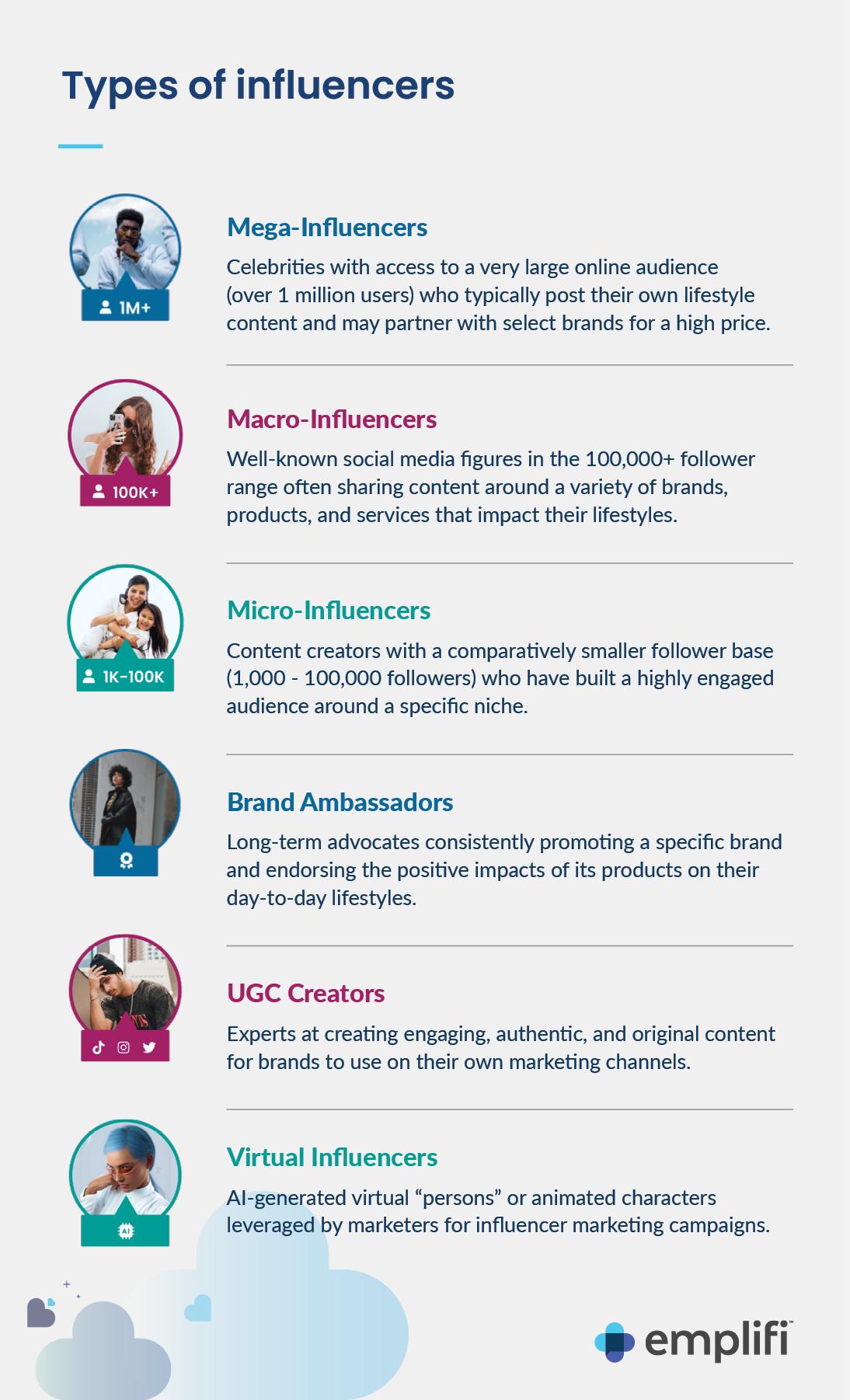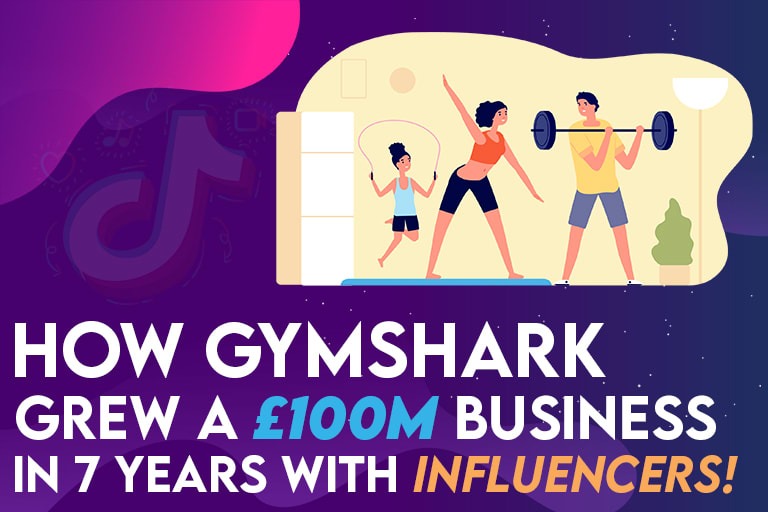Leveraging Micro-Influencers for Authentic Brand Engagement in Niche Markets
Meta Description: Explore how to effectively utilize micro-influencers for authentic brand engagement in niche markets, boosting consumer trust, and fostering community. Discover actionable insights and strategies.
In today’s digital landscape, the marketing game has transformed significantly. Traditional advertising methods are rapidly becoming less effective, as consumers show increasing skepticism toward generic brand messages. In this environment, a new breed of marketers—micro-influencers—has emerged as a powerful force for fostering authentic brand engagement. Micro-influencers, typically defined as individuals with 1,000 to 100,000 followers, are often considered more relatable and trustworthy compared to their macro counterparts, who boast millions of followers.
With over five years of experience in SEO, and having assisted more than 20 businesses in optimizing their online presence, I aim to delve into the rising significance of micro-influencers, especially for brands targeting niche markets. By the end of this article, marketers, entrepreneurs, and small business owners will understand how to effectively leverage micro-influencers to drive authentic engagement and grow their brands.
The Rise of Micro-Influencers: Why They Matter
Understanding Micro-Influencers
In recent years, brands have increasingly turned to micro-influencers as essential players in their marketing strategies. Unlike macro-influencers, who often serve large, diverse audiences without strong personal connections, micro-influencers cultivate closer relationships with their followers. This connection often leads to higher engagement rates; statistics suggest that micro-influencers achieve engagement rates between 4% and 10%, while larger influencers typically see rates of 1% to 3%.
A Nielsen report reveals that consumers are more likely to trust information shared by someone relatable rather than a glossy advertisement or influencer with millions of followers. This makes micro-influencers an invaluable asset in creating authentic relationships with customers.

The Authenticity Factor in Marketing
Today's consumers are constantly bombarded with advertisements, making it challenging to cut through the noise. Authenticity is increasingly paramount in building trust and loyalty. According to a survey conducted by Stackla, 79% of consumers indicated that user-generated content highly impacts their purchasing decisions, reinforcing the credibility micro-influencers possess.
Case Studies: Successful Brands
Brands like Gymshark and Glossier have cultivated robust community engagement by collaborating with micro-influencers. Gymshark partnered with various fitness enthusiasts to promote inclusion and support within the fitness community, leading to significant brand loyalty. Similarly, Glossier’s growth can largely be attributed to its collaboration with micro-influencers who share real feedback and engage authentically with their audiences.

Strategic Engagement in Niche Markets
Identifying Your Micro-Influencers
Finding the right micro-influencers requires strategic thought. Employing tools like BuzzSumo, HypeAuditor, and Upfluence can streamline the process by analyzing engagement rates and audience demographics. Start by identifying influencers aligned with your brand's values and message, whether that’s in vegan cooking, sustainable fashion, or wellness products.

Engaging Specific Niche Audiences
Micro-influencers are particularly effective in niche markets where their passionate followings often lead to meaningful interactions. For example, brands like Flexit—which centers on healthy lifestyles—have collaborated with fitness micro-influencers to deliver targeted campaigns. By aligning their messaging with an influencer's authentic voice, brands can penetrate highly specific communities effectively.
Engaging Strategies: Best Practices
Define Your Campaign Goals: Establish clear objectives—whether increasing brand awareness, driving traffic, or boosting sales.
Create a Budget: Understand the resources available for compensating influencers. Compensation may include financial payment, free products, or other incentives.
Craft an Engaging Brief: Provide clear, concise documentation of your campaign goals and ensure the influencer understands your expectations while allowing room for their creativity.
Foster Authentic Relationships: Beyond one-off campaigns, building long-term relationships with influencers can yield better results. Provide them with continuous updates about your brand to allow them to stay in the loop and advocate for you authentically.
Tracking Success and Measuring ROI
Tools like Traackr and AspireIQ can help brands measure the effectiveness of their influencer partnerships. Tracking the reach, engagement, and conversions tied to influencer collaborations will optimize future strategies and offer insights into what approaches are most effective.
Insights for Diverse Target Audiences
Tailoring Strategies for Different Groups
Recognizing the unique needs of your audience can lead to more effective campaigns:
- For Small Business Owners: Emphasize budget-friendly approaches and explore local micro-influencers who share community values.
- Digital Marketing Agencies: Stay updated with influencer trends and help clients identify micro-influencers based on in-depth audience analysis.
- E-commerce Brands: Utilize micro-influencers to promote specific products within niche markets, leading to higher conversion rates as these influencers establish trust with their followers.
Building Community Through Authentic Engagement
Building community around a brand is equally crucial as product representation. Brands that actively engage with their influencers and foster relationships with their followers naturally build narratives surrounding shared values and stories. Brands like Patagonia are notable examples, as they emphasize environmental sustainability and use the voices of micro-influencers to promote their mission authentically.
The Future of Micro-Influencer Marketing
Insights and Predictions
As social media platforms continue to evolve, the landscape for micro-influencer marketing will shift. Experts suggest that video content will lead the charge, with platforms like TikTok and Instagram Reels capturing younger audiences’ attention. Micro-influencers adept at creating engaging video content will become key players in driving brand loyalty in the coming years.
Conclusion
Micro-influencers stand as a beacon of trust and relatability in an age marked by digital noise. Their potent ability to engage niche markets authentically can help brands build genuine connections, enhance consumer trust, and ultimately achieve business success.
If you're interested in discovering more about how micro-influencers can transform your brand engagement strategies, don’t hesitate to explore additional resources, or find inspiring stories about successful collaborations. Remember to stay connected for more insights into enhancing your marketing efforts in today’s dynamic environment!
